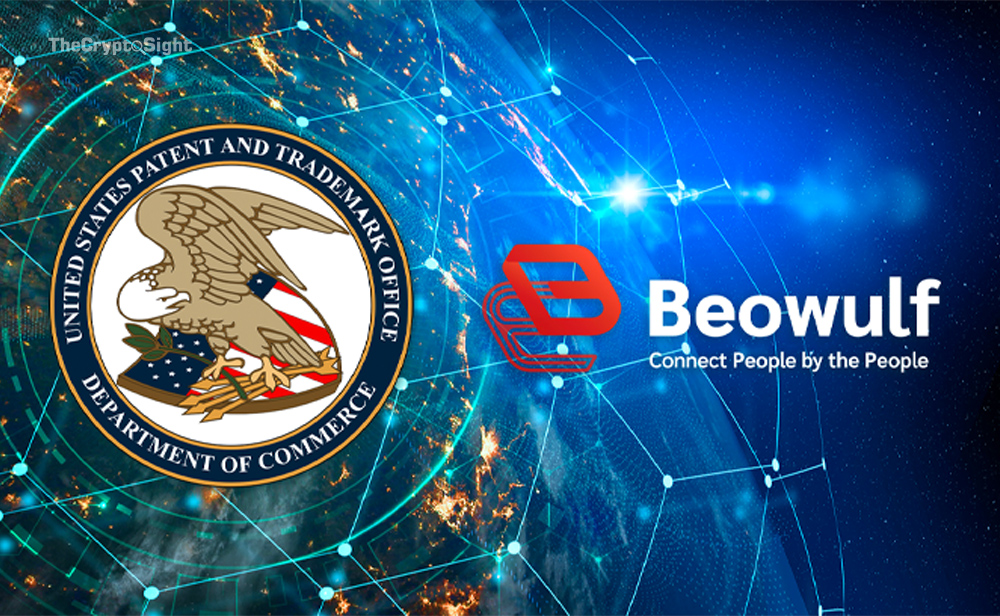
The B2B decentralized cloud pioneer Beowulf Blockchain announced that they have filed a US patent for their decentralized cloud network. Beowulf Blockchain was built by combining global computing resources into a supercomputer network on the blockchain for communication services. In filing for a US patent, Beowulf endeavors to secure its mission of making customizable and affordable communication services available to businesses across all industries.
The Beowulf supercomputer was built by integrating available computing resources contributed by individuals throughout the world, also known as ‘‘network miners.” The Beowulf SDK, meanwhile, handles all communication functions from front-end to back-end infrastructure, with businesses paying only for the minutes they use. By sharing computing resources such as PCs, laptops, servers, smart TV, etc., network miners can earn money from the network by hosting voice/video calls. Due to the nature of the telecom package relay, little CPU power is used to host a call. Therefore, the usage of miners’ computers in the Beowulf network will not significantly affect the performance of the computer or cost extra money for electricity. In fact, the mining software can run on low energy systems Raspberry PI machines or tablets.
Beowulf’s designed network offers more dynamic solutions than traditional communication networks, which generally consists of two main paradigms: the peer-to-peer (P2P) and the miner-hosted communication paradigm. In the P2P model, the caller and callee are allowed to send voice/video data directly to each other through an internet connection. In the case of the miner-hosted calling paradigm, the server is required to manage the voice/video data for caller and callee. While the P2P communication paradigm is an ideal scenario, the majority of P2P calls fail as the current network architect commonly does not allow such P2P calling.
This is where Beowulf network miner comes into play. All calls made within the Beowulf network will be treated as local calls instead of international calls as in the case of the centralized model. This is made possible because the Beowulf network miners are uniformly distributed everywhere around the globe from a theoretical standpoint. This is how the decentralized model provides much better call quality at a much cheaper cost.
Buoyed by filing a patent on the Beowulf’s decentralized cloud network, Dr. Nguyen is confident that broad industry adoption will follow, stating: “We continue our march forward into the future of communication. We have made great progress with the exponential adoption worldwide of multiple solutions which help businesses reach a wider audience with no upfront investment needed, and the lowest possible cost using transparent pay-per-use rates. This next step in our patent application process brings us closer to empowering every aspect of life, and to transform lives of others into better, smarter, and healthier ones through effective communications.”
Beowulf previously had a US patent pending for QUICKOM, which aims to overhaul cumbersome phone numbers and replace them with QR codes for privacy and connectivity purposes. The platform has seen rapid adoption by global corporations and leading companies such as AIA, E-Teleconnect, among over 35,000 merchants seeking customizable, deployment-ready communications products.
About Beowulf Blockchain
Beowulf Blockchain is a B2B platform which provides excellent communication services with infinite scalability across the globe. Beowulf’s software suite includes: QUICKOM, a US patent-pending technology which utilizes QR codes to transform the future of communication for personal communication and call centers with a focus on privacy control; a decentralized distance learning platform named Victoria; and HANA, an innovative telemedicine platform; and Beowulf Operating System that empowers the Beowulf mining network.

Comments